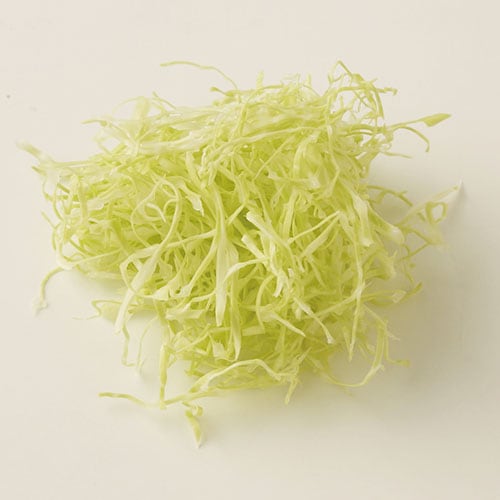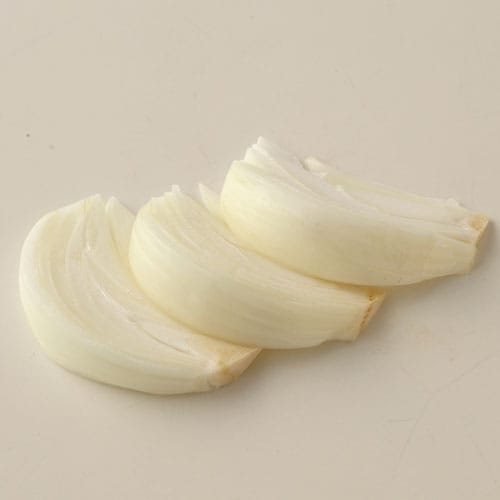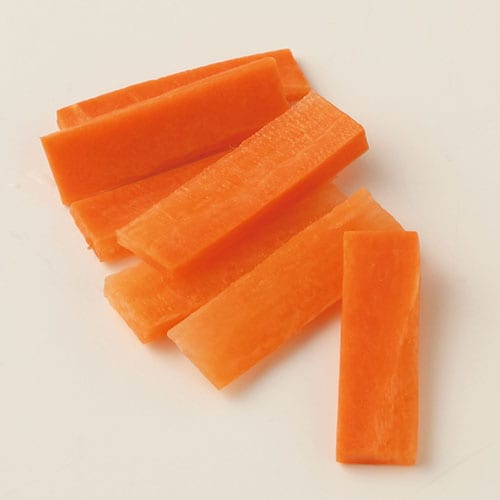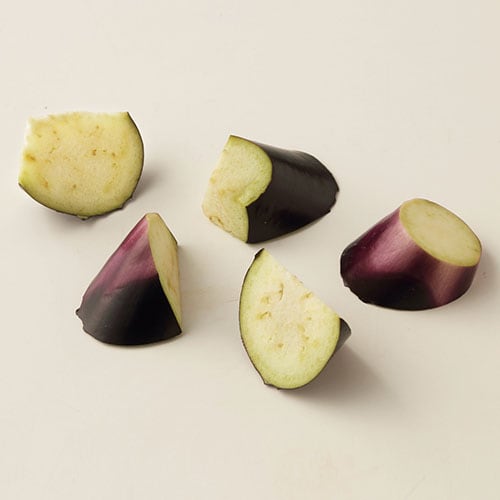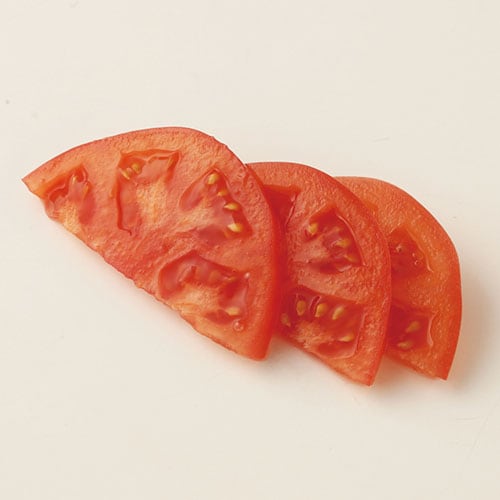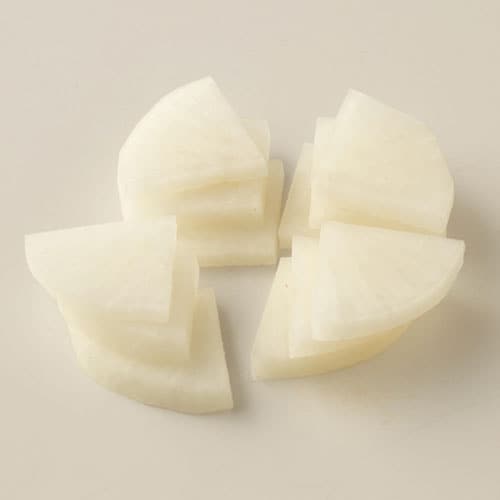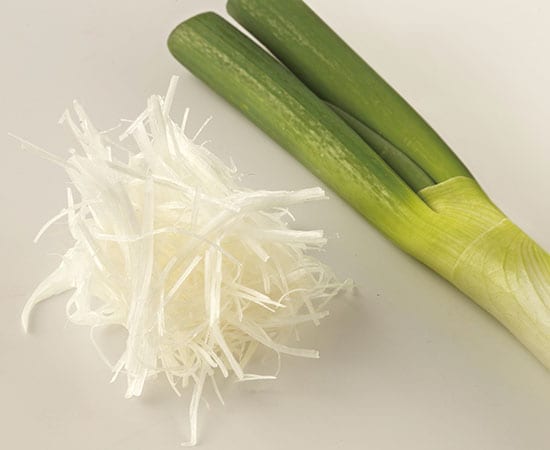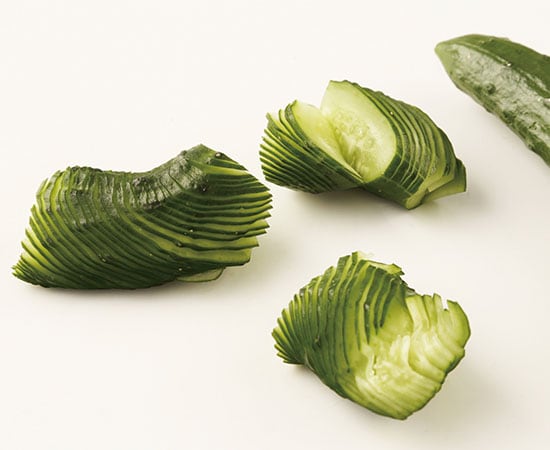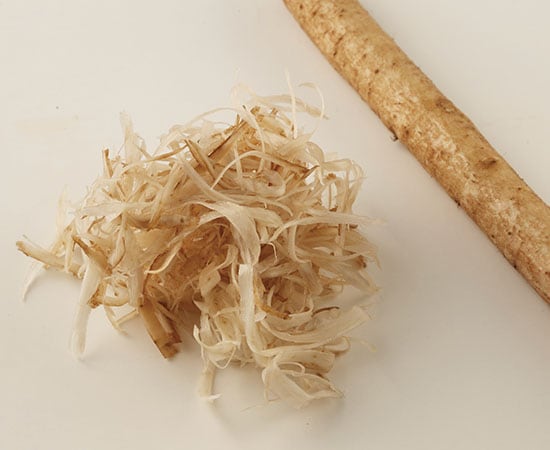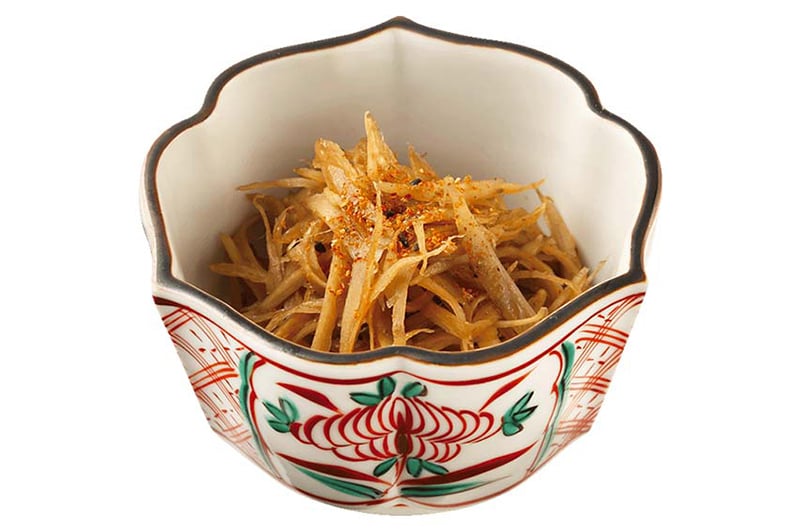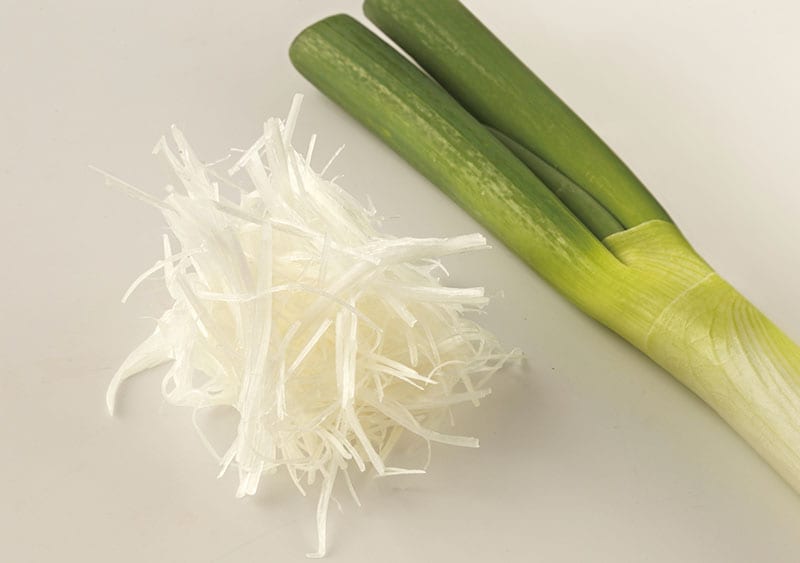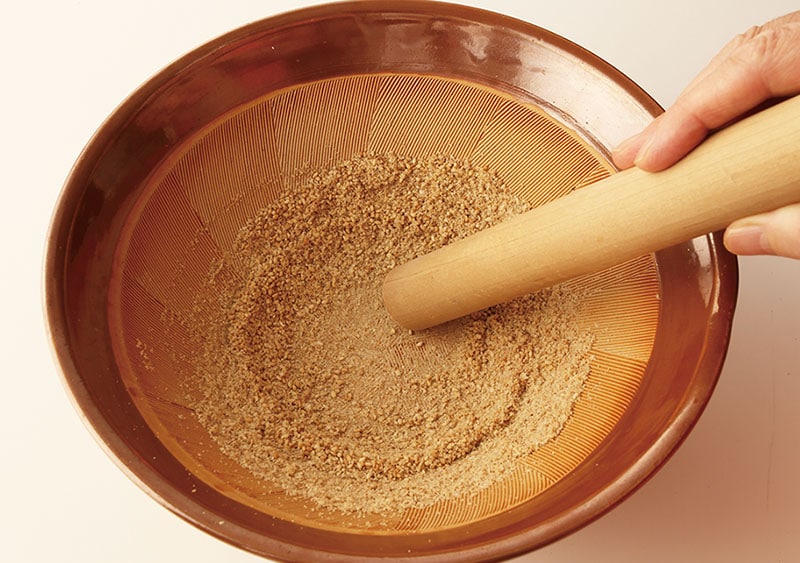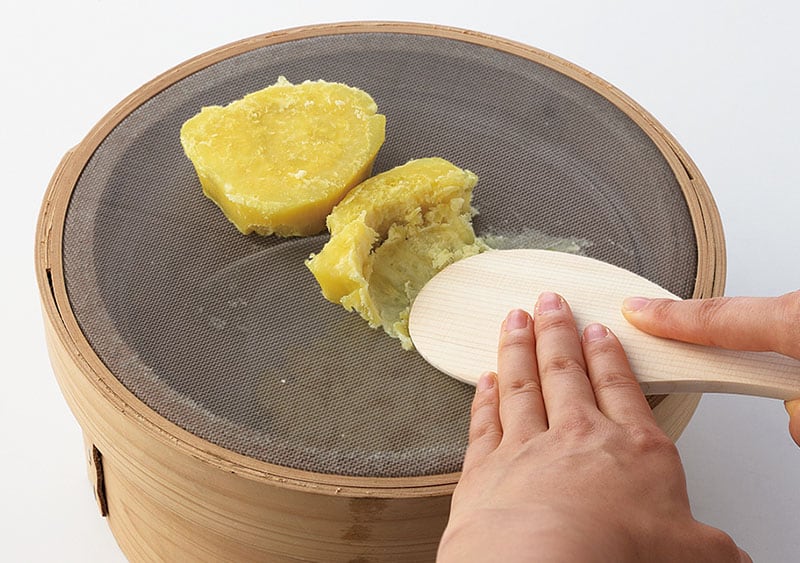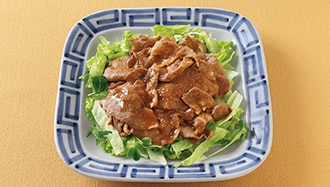This year’s Fundamentals 101 explores Japanese cooking techniques, starting with the basics of cutting.
In Japanese cuisine, cutting technique is critical in determining the unique flavor, mouthfeel and presentation of a particular dish. Each distinct ingredient or cooking method calls for a specific cutting style. Such attention to sensory detail in turn produces a finer appreciation of the food itself. Cutting styles can refer to an object of similar shape; for example, when preparing vegetables, icho-giri means gingko-leaf (icho) cut (giri), hangetsu-giri is a half-moon (hangetsu) cut and tanzaku-giri refers to the shape of the tanzaku paper strips used to write wishes on during Tanabata star festival in July. There are also unique cases of assigning names to certain styles that are only applied to particular vegetables. For instance, burdock root is cut sasagaki style: shaving it into pointy bamboo-leaf (sasa) forms draws out the vegetable’s earthy aroma and breaks up its tough fibers, making it easier to eat. Shiraga-negi, literally, “white-hair long onion,” is finely shredded negi in a style that emphasizes its crispness and elegant presentation.
